Reviewed by Julianne Ngirngir
Here's the big news: Apple's foldable iPhone has been one of the most anticipated tech developments in recent years, and 2026 is shaping up to be the year it finally becomes reality. After years of speculation and patent filings, credible sources now suggest Apple is ready to enter the foldable market with a device that could redefine what we expect from folding smartphones. Multiple reports indicate Apple is expected to launch this groundbreaking device next year, with leaked details painting a picture of a premium foldable that addresses many of the issues plaguing current market offerings.
What makes this design so compelling?
Apple's approach to foldables is refreshingly different from the competition. The device will feature a book-style design similar to Samsung's Galaxy Z Fold series, rather than the clamshell approach of flip phones. This design philosophy gives you the best of both worlds: everyday convenience meets expanded productivity.
When folded, users get a 5.5-inch outer display that functions just like a regular iPhone screen. Need to check messages, make calls, or snap a quick photo? You can handle all of that without even unfolding the device. But here's where it gets interesting – unfolding reveals a much larger 7.8-inch iPad-style display that transforms your pocket-sized phone into a productivity powerhouse.
The dimensions showcase Apple's engineering prowess. Expect the device to measure between 9 and 9.5mm when folded – thicker than current iPhones but necessary for the dual-screen architecture. The remarkable part? It'll be around 4.5 to 4.8mm when unfolded, making it thinner than today's iPhones despite housing two complete displays and a complex hinge mechanism.
Imagine checking emails on that outer screen during your commute, then unfolding it at the office to review documents or edit photos on what's essentially a mini tablet. That versatility could genuinely change how we approach mobile computing.
The crease-free display breakthrough
Here's where Apple might have solved foldables' biggest challenge: screen creasing. Anyone who's used a Galaxy Z Fold knows that visible crease can be distracting during media consumption or document editing. The inner display is said to be virtually crease-free, thanks to Apple's use of a metal plate that can disperse and control the stress generated by bending the display.
Apple is reportedly using liquid metal in the hinges to improve durability and eliminate screen creasing. Liquid metal technology has been in Apple's toolkit for years, but applying it to solve folding display challenges demonstrates their commitment to perfecting this form factor rather than rushing to market.
The technical specifications support this premium experience. The inner display is rumored to have a 4:3 aspect ratio with 2,713 x 1,920 resolution, while the outer display will use 2,088 x 1,422 resolution. Those numbers translate to sharp, crisp visuals optimized for different use cases – the outer screen for quick interactions, the inner display for immersive content and productivity tasks.
The 4:3 aspect ratio for the inner screen is particularly clever, offering a traditional iPad-like experience that's perfect for reading, document editing, and content consumption rather than simply providing a stretched-out phone interface.
Premium materials meet innovative engineering
Apple's build quality approach remains uncompromising. The foldable iPhone reportedly has a titanium chassis, with the hinge constructed from a combination of titanium and stainless steel. This premium material selection should provide the durability needed for thousands of fold cycles while maintaining that distinctive Apple feel and finish.
The camera system balances capability with space constraints. The device is expected to include a dual-lens rear camera, with both lenses being 48 megapixels each according to leaker Digital Chat Station. That matches the camera power of current iPhone Pro models, ensuring this premium foldable doesn't compromise on photography capabilities.
For authentication, Apple is making a practical design decision. The phone will forgo Face ID and instead use a Touch ID side button, similar to recent iPad models. This choice makes sense when you consider the various folding positions and orientations – Touch ID provides reliable authentication regardless of how you're holding the device.
Apple is focusing heavily on power efficiency by slimming down components like the display driver to accommodate more battery cells. The phone will reportedly use high-density battery cells, the same technology expected in Apple's upcoming ultra-thin iPhone 17 Air. Managing power consumption across two displays requires this kind of optimization.
The reality check: pricing and availability
Let's talk numbers, because premium innovation comes with premium pricing. Multiple reports suggest the foldable iPhone will be priced between $2,000 and $2,500 in the United States, though some estimates place it between $1,800 and $2,000. Either way, we're looking at Apple's most expensive iPhone ever.
Consider the value proposition: you're getting iPhone and iPad functionality in one device, with premium materials, cutting-edge display technology, and engineering that eliminates major foldable pain points. For professionals who currently carry both devices, the math might actually work in favor of consolidation.
The production timeline shows real momentum. The device entered the New Product Introduction phase at Foxconn in March, moving from concept to manufacturing preparation. Production is expected to start late in Q3 or early Q4 2025, with mass production planned for the second half of 2026.
This timing aligns perfectly with Apple's traditional September launch window. Bloomberg reporter Mark Gurman expects the device to launch next year, and all production indicators support a fall 2026 debut that could reshape the premium smartphone landscape.
Why 2026 could be perfect timing
The foldable market is finally maturing, and Apple's entry timing appears strategically perfect. While competitors have spent years iterating through creasing issues, durability problems, and software optimization challenges, Apple has been characteristically patient, waiting for technology to meet their exacting standards.
Samsung's recent foldable success proves market readiness. Their latest devices show significant improvements in durability and user experience, with growing consumer acceptance demonstrating that early adopter hesitation is fading. But there's still room for Apple to deliver their signature experience – taking existing technology and refining it to near perfection.
The combination of crease-free displays, premium materials, liquid metal hinges, and iOS optimization specifically designed for dual-screen experiences could finally deliver the foldable we've all been waiting for. Expect seamless app transitions, intuitive multitasking features, and software that truly takes advantage of that expanded inner display rather than simply stretching phone interfaces.
Bottom line: 2026 represents a landmark moment for both Apple and mobile computing. Sure, the price will position this as a premium product for early adopters and power users. But for those who've been holding out for Apple's interpretation of foldables – that perfect blend of innovation, build quality, and user experience that defines the Apple ecosystem – the wait is almost over.
The foldable iPhone represents more than just a new product category; it's potentially the next evolution in how we think about mobile devices. And based on these leaks, Apple isn't just joining the foldable conversation – they're arriving with a device that could redefine what we expect from the entire category.




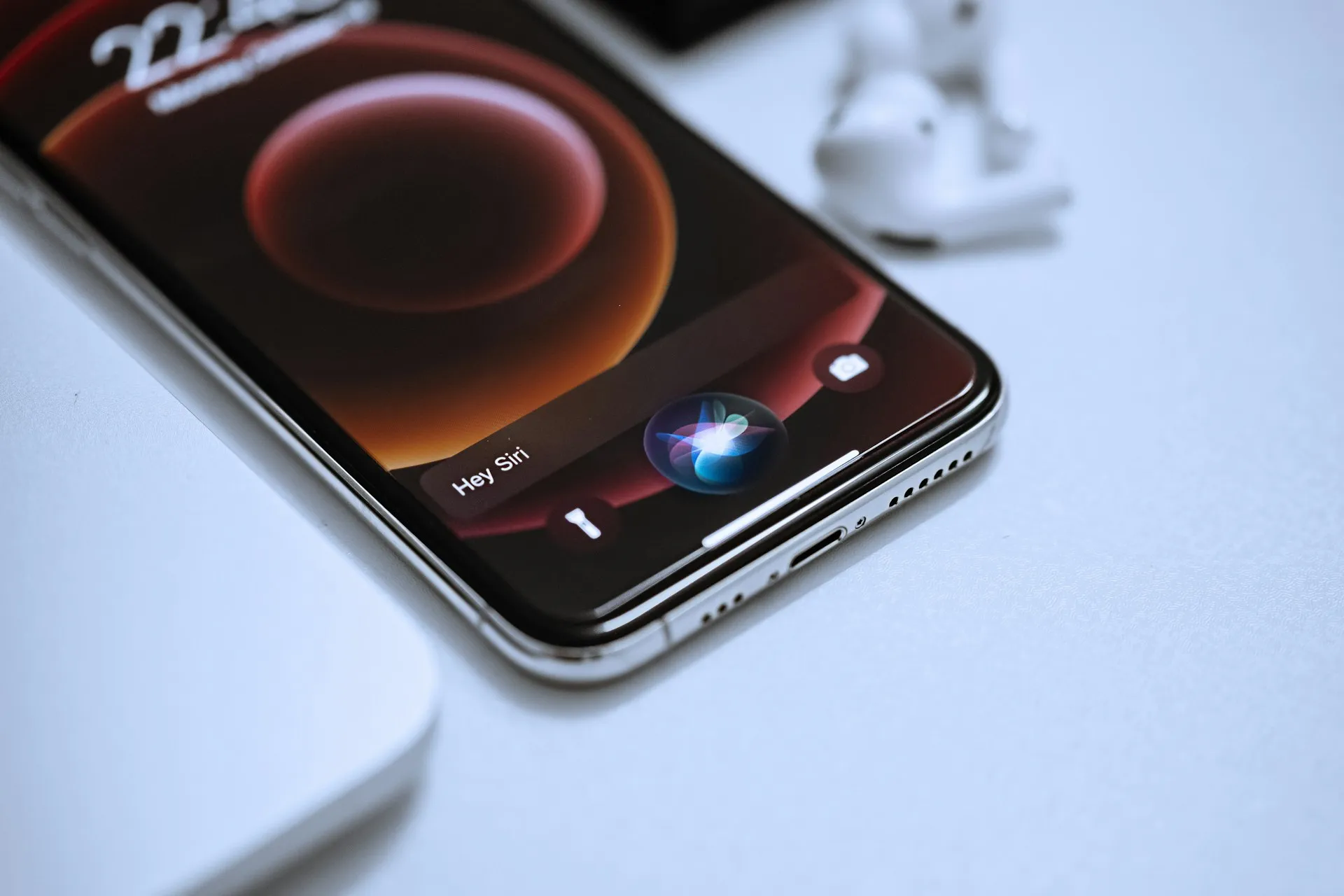
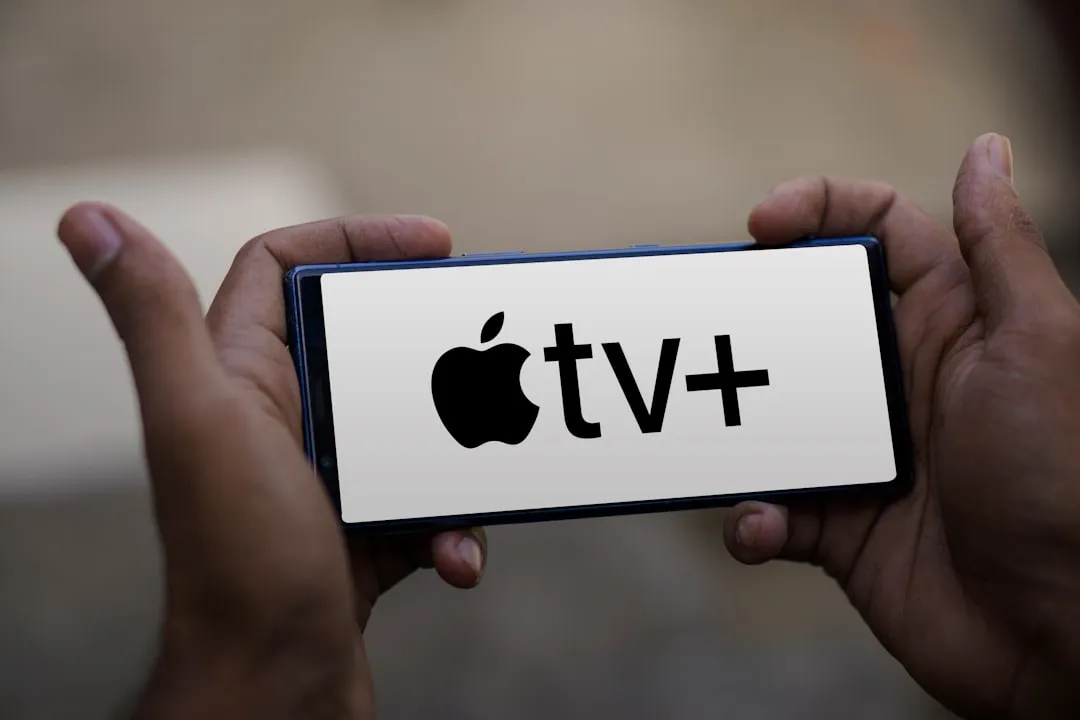
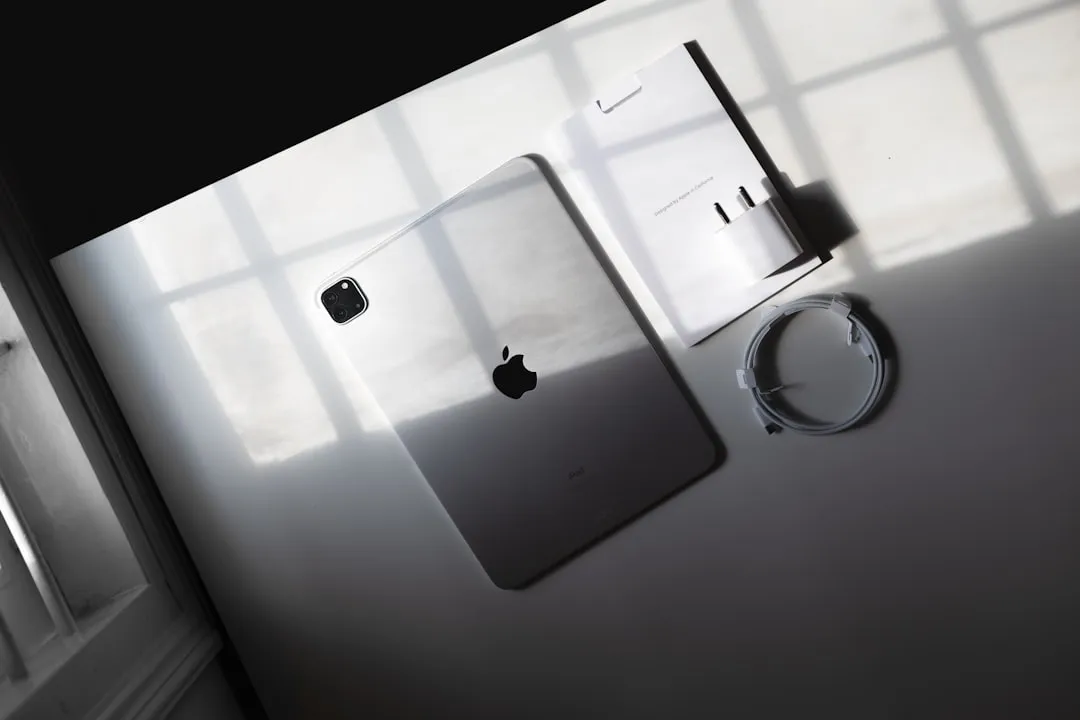
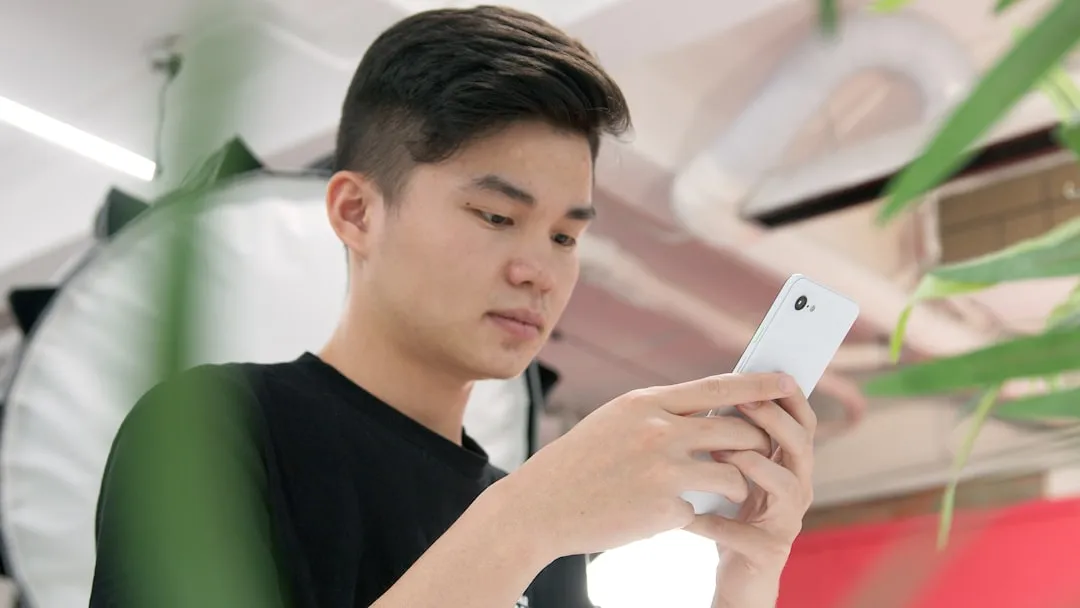
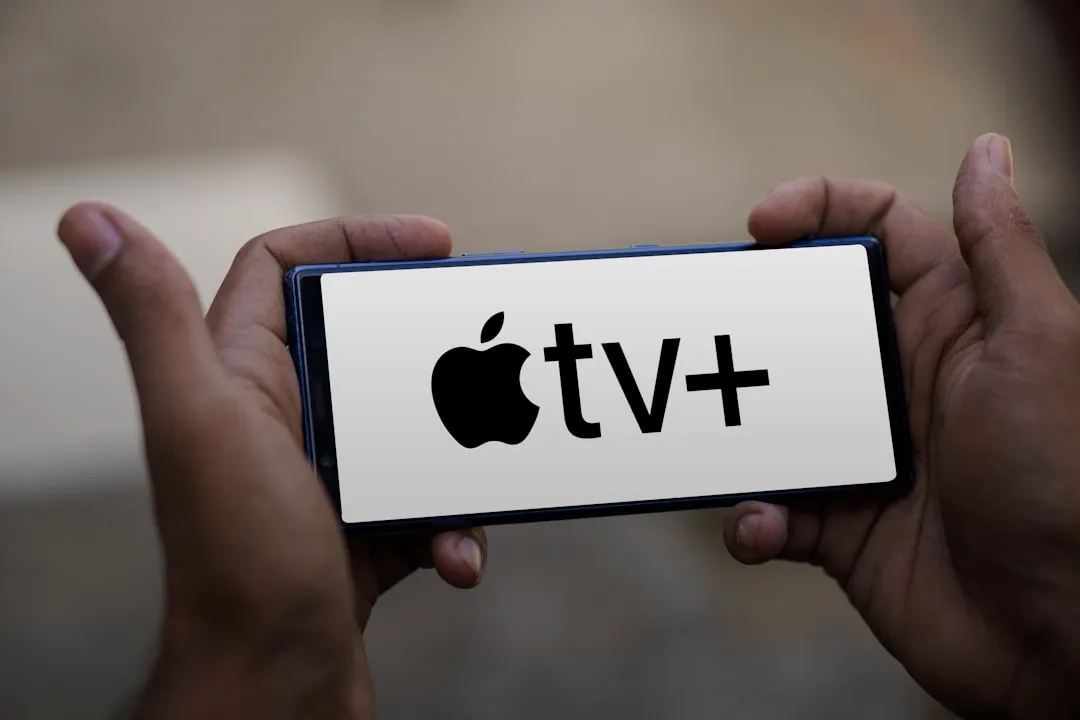

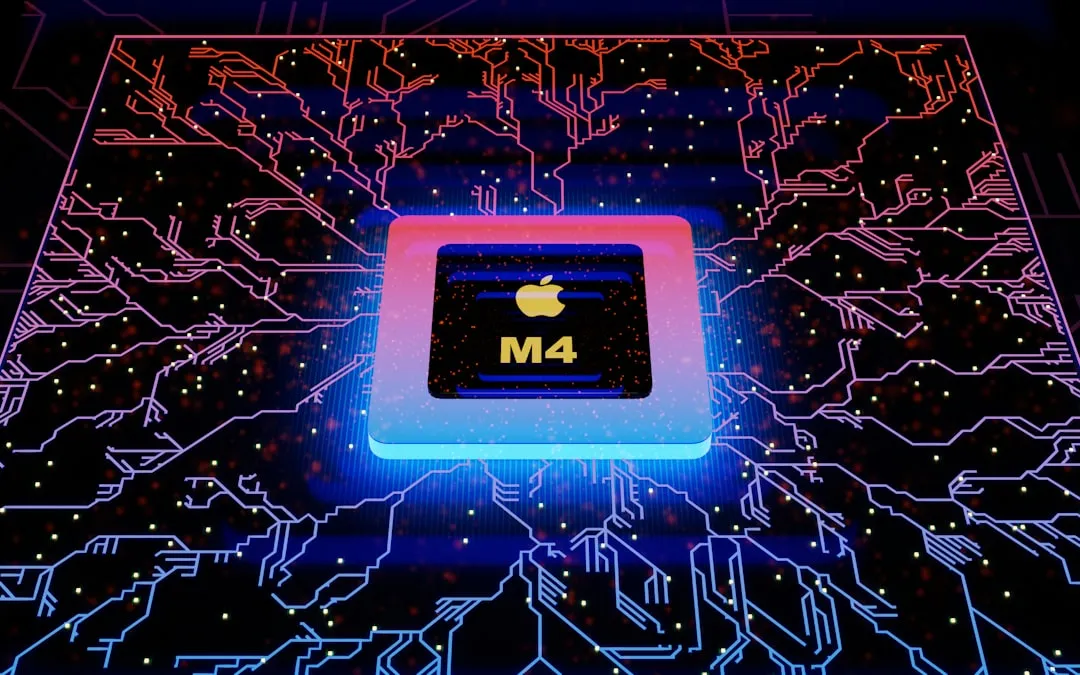
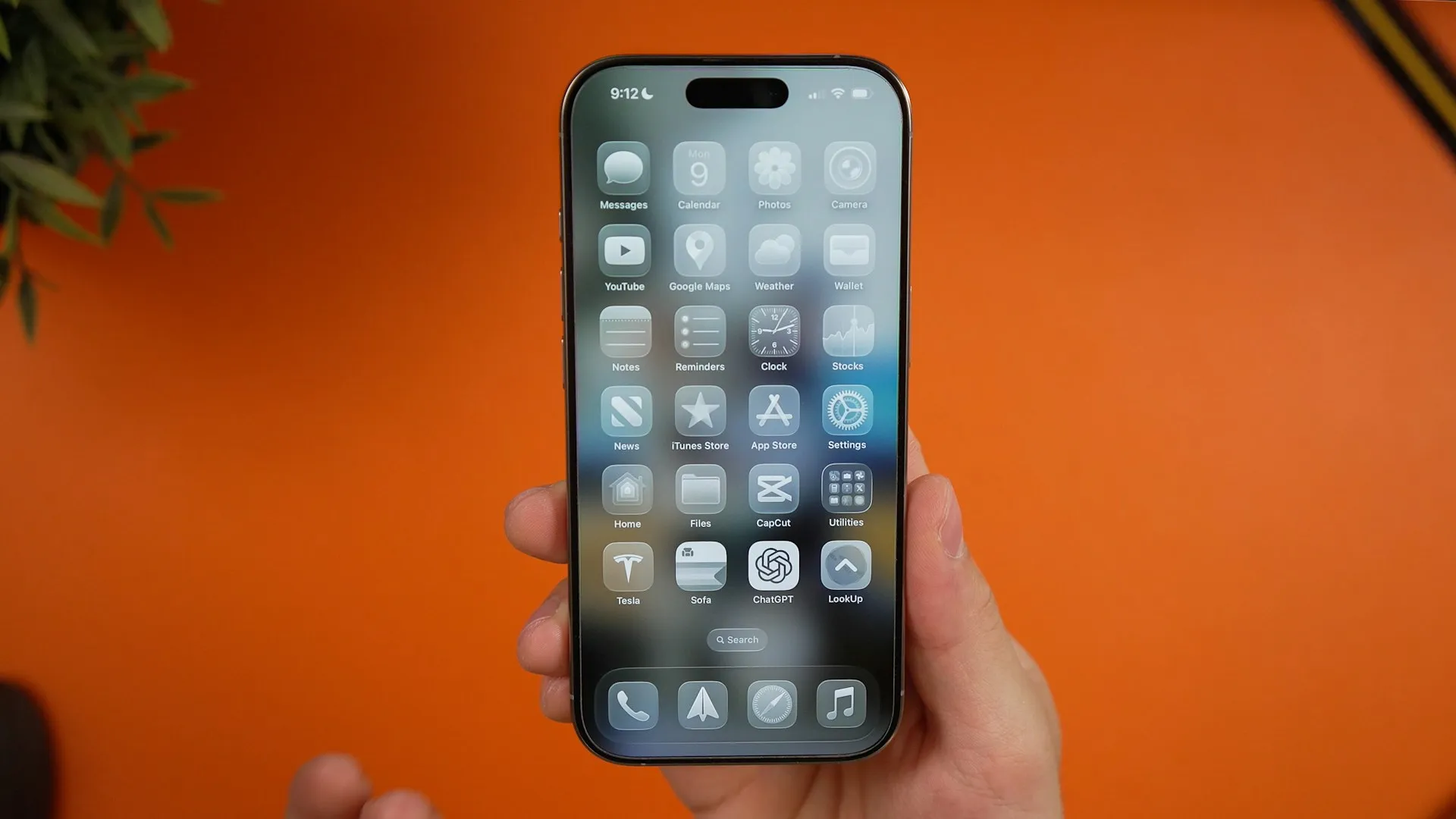

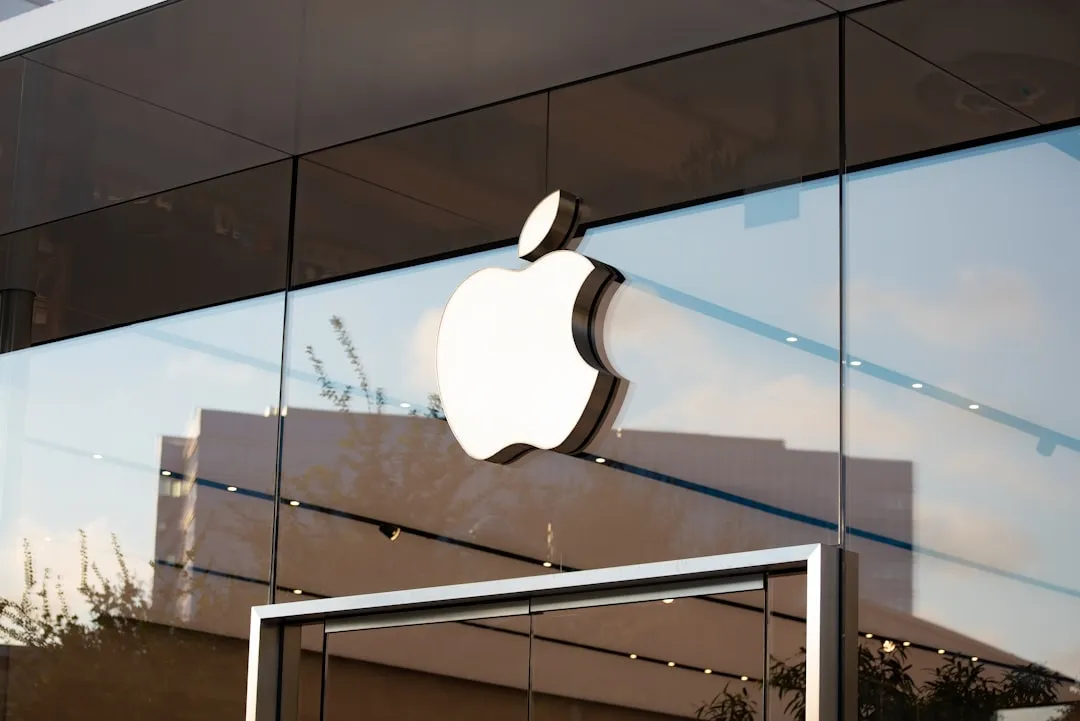



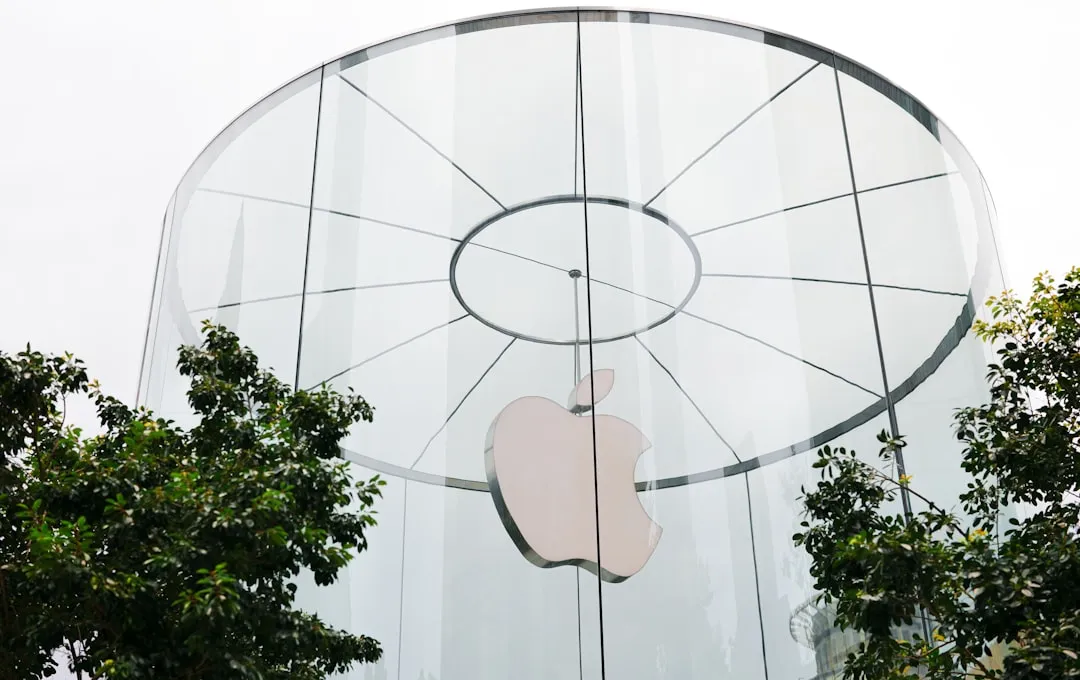
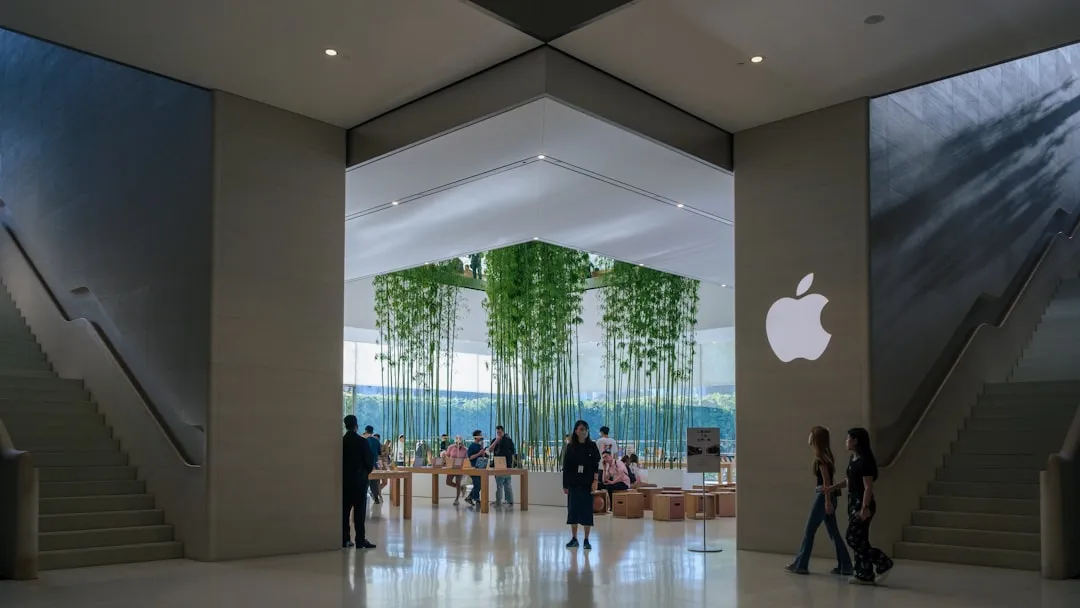

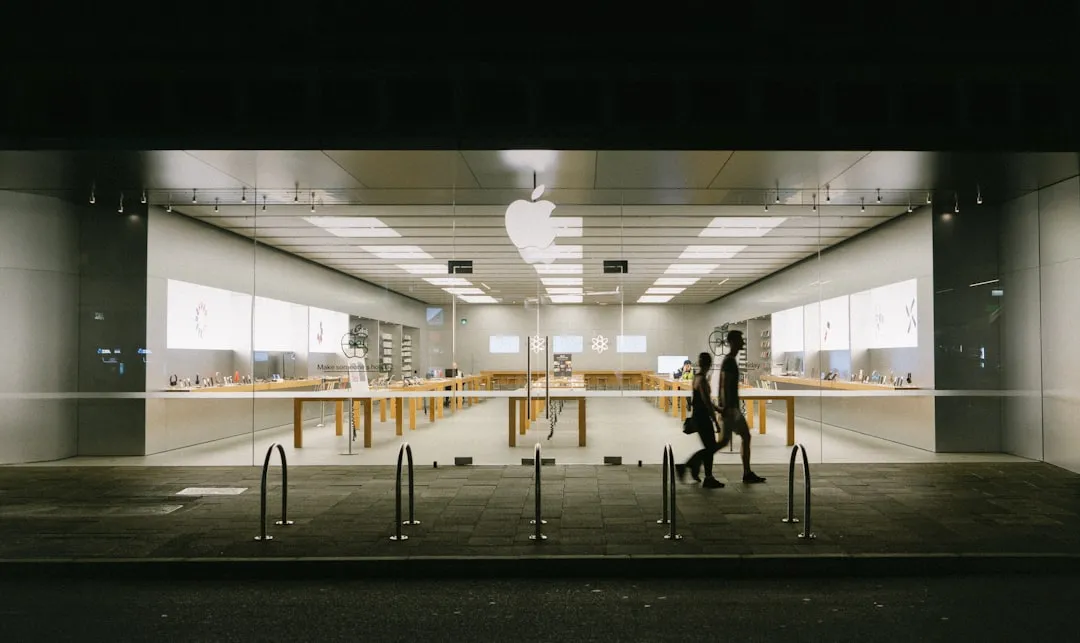

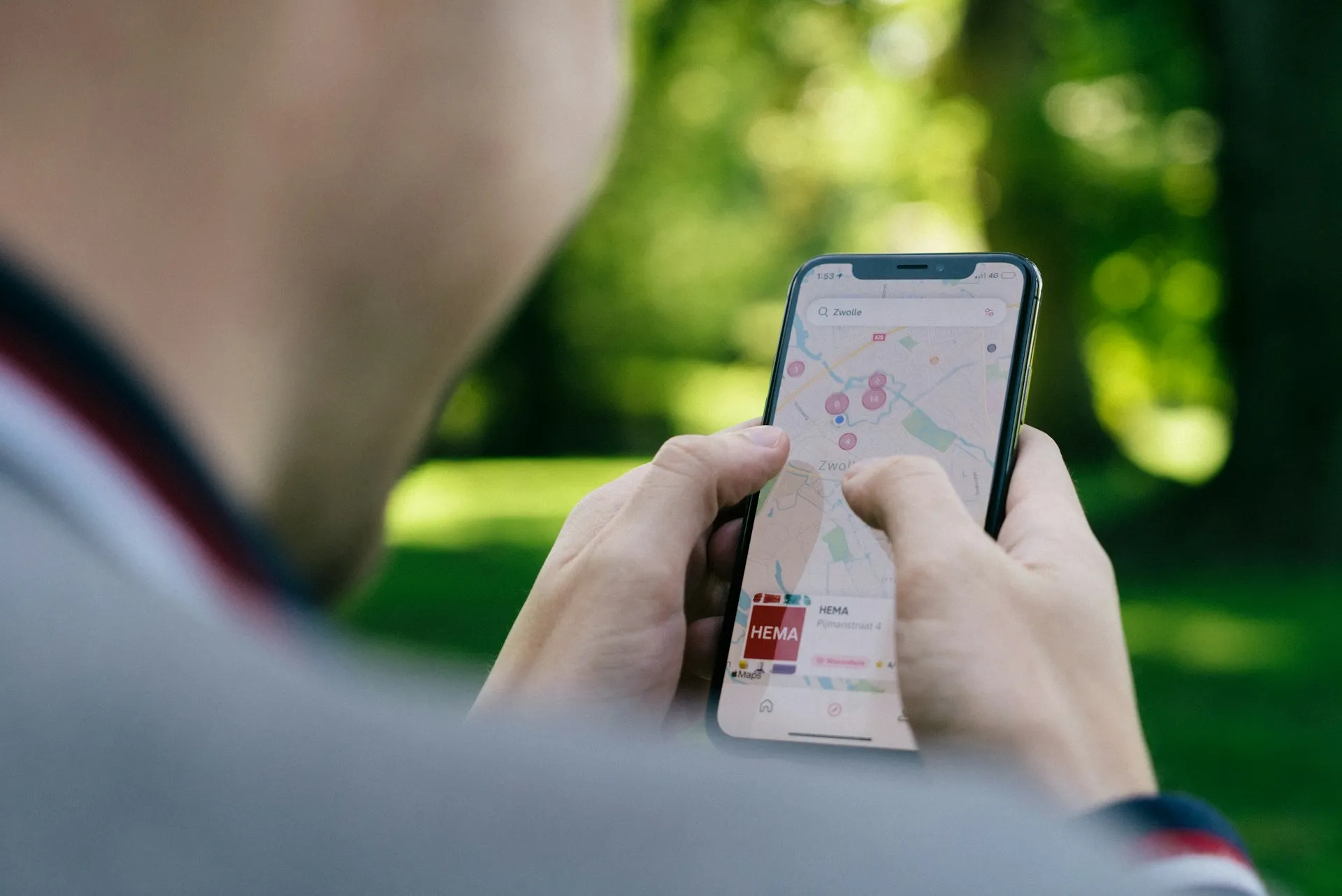

Comments
Be the first, drop a comment!